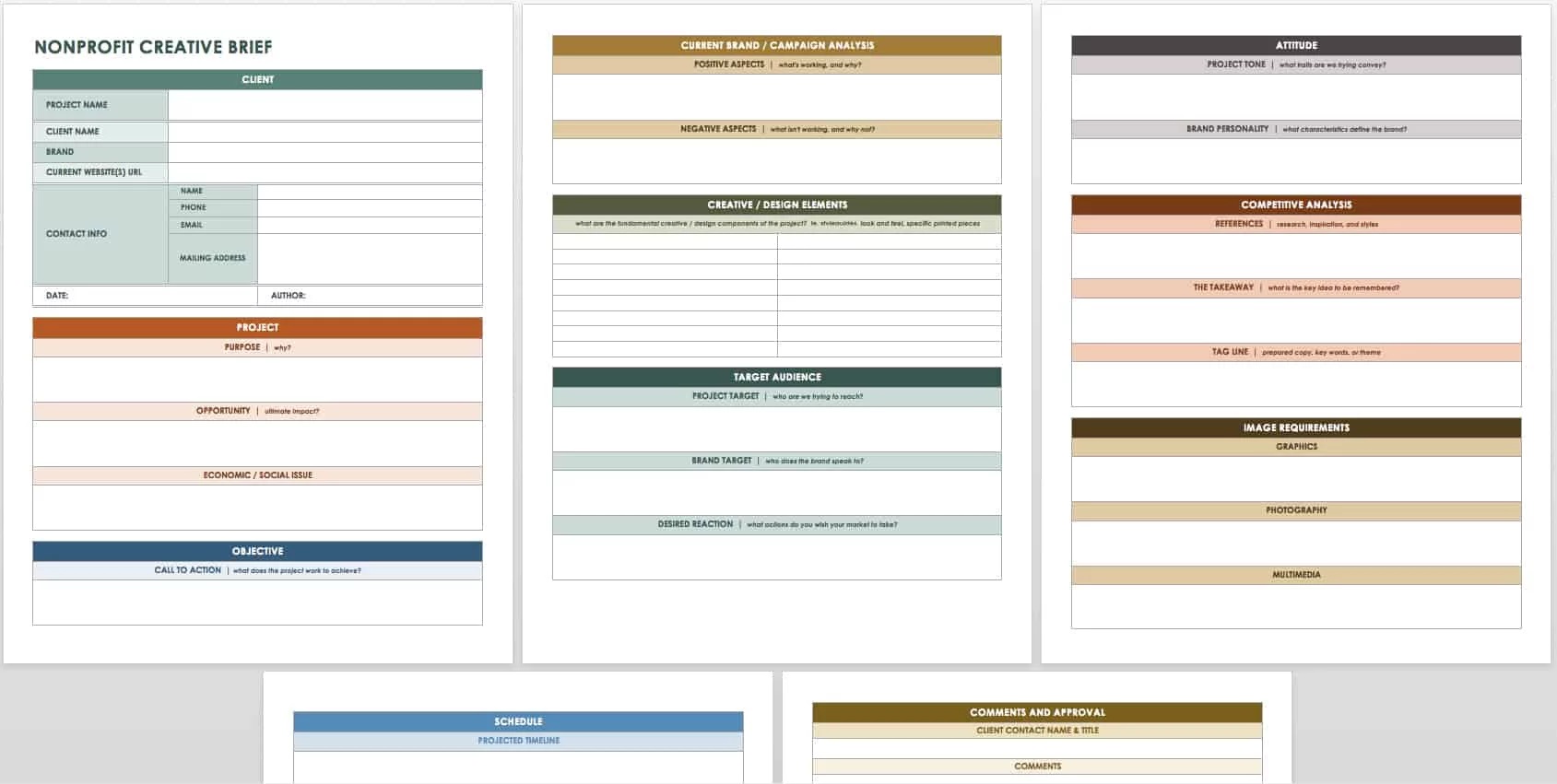Depending on the type of project or initiative you’re out to pursue, you’ll want to start with the lowest hanging fruit. Survey your team and get the lay of the land. Your core team should have some general knowledge, if not in-depth knowledge that will get you going in naming your stakeholders. At the same time, check out your company’s website and sweep through the product pages. Watch the demos and YouTube videos. Chances are your stakeholders are the ones producing the content and appearing in those videos. Go through your company’s share drive and look through the folders. Read some of that work in progress. It’s very likely you’ll find names appended to each document and gain some insight to the product owner. And finally, use Google and LinkedIn to conduct your own research. Find out who the industry leaders are and read their articles. You’ll learn a thing or two and get your hands on some respectable research and data you can leverage in your own projects.
Once you’ve identified your stakeholders and compiled a list, it’s on to phase two of the challenge, which is getting your stakeholders on board. I don’t think I’ve come across a stakeholder who didn’t want any involvement in my projects. Your stakeholders are of course, subject matter experts in their field and almost always interested in imparting knowledge and influencing the overall direction of your project. Oftentimes, when I’ve had difficulty involving my stakeholders in the review and approval stages, it’s because they’re limited with capacity, fighting competing priorities and may not have been properly engaged throughout the duration of the project. That said, what are some ways you can engage your stakeholders and get yourself on their priority list.
Communicate the requirements of your project succinctly and clearly. Ever heard of a creative brief or a requirements doc? Yes you have. Take some time out of your busy day and plan for a project that will require you to engage stakeholders and team members for weeks and/or months. A constructive requirements brief doesn’t need to be complicated and shouldn’t take you into the double digits page-wise, but it should have clearly stated objectives, key messages, background information, audience, deliverables, timelines, cost, etc.
Get on the same page with your project team. Whether it’s online, over the phone or in person, you’ll want to kick off your project with your team and stakeholders. Part of getting on your stakeholder’s priority list is conveying the goals and objectives of your project, inviting them to participate and ask questions, and identifying the roles and responsibilities that each team member will contribute in the planning and execution stages. Knowing the direction of the project and understanding the role will help you engage your stakeholders throughout the process.
Bookmark and time stamp those action items and noteworthy conversations. Speaking of roles and responsibilities, do you have someone who will capture meeting minutes, jot down current status and next steps, and round up team members? I hope so. Having a dedicated person to put together a detailed repository of these topics is good for record keeping. At the same time, lifting the most salient points and action items into a quick one pager will keep the team tracking against their goals and milestones, and gently nudge your stakeholders to stay on task.
Hold meetings for milestones’ sake. Daily scrums and stand-up meetings might not be necessary unless you are in software development or nearing project completion and you really have to buckle down. Since we’ve all got one too many meetings on the calendar, let’s be cognizant of those status meetings we put on the calendar and get smarter about making use of people’s time, especially when there are other ways to track status. Hold milestone meetings for decision making, brainstorming and collaborative efforts – not to check the team’s performance.
Track your team’s status and performance. Project management tools such as Smartsheet and Workfront are invaluable when it comes to mapping out your project, aligning resources and teams, and tracking the overall health of your project. Oftentimes deadlines and milestone dates creep up on us, and one of the ways to connect with your stakeholder and keep them on par is to provide a clear road map and identify when and how you’ll need their involvement. If they’ve got your project on their radar, it’s more likely you’ll end up getting what you need from them.
Oftentimes deadlines and milestone dates creep up on us, and one of the ways to connect with your stakeholder and keep them on par is to provide a clear road map and identify when and how you’ll need their involvement. Click To TweetFollowing these five steps will not only help you get your project on track, it’ll also get you the necessary input you need from your stakeholders and put you in a better position to connect with your team while setting expectations with your stakeholders. What are some ways you rally your stakeholders? Are there any tips and tricks you can share with other fellow project leaders to engage your team and make it to the top of their priority list? If so, I’m curious to learn about them.








Follow Me